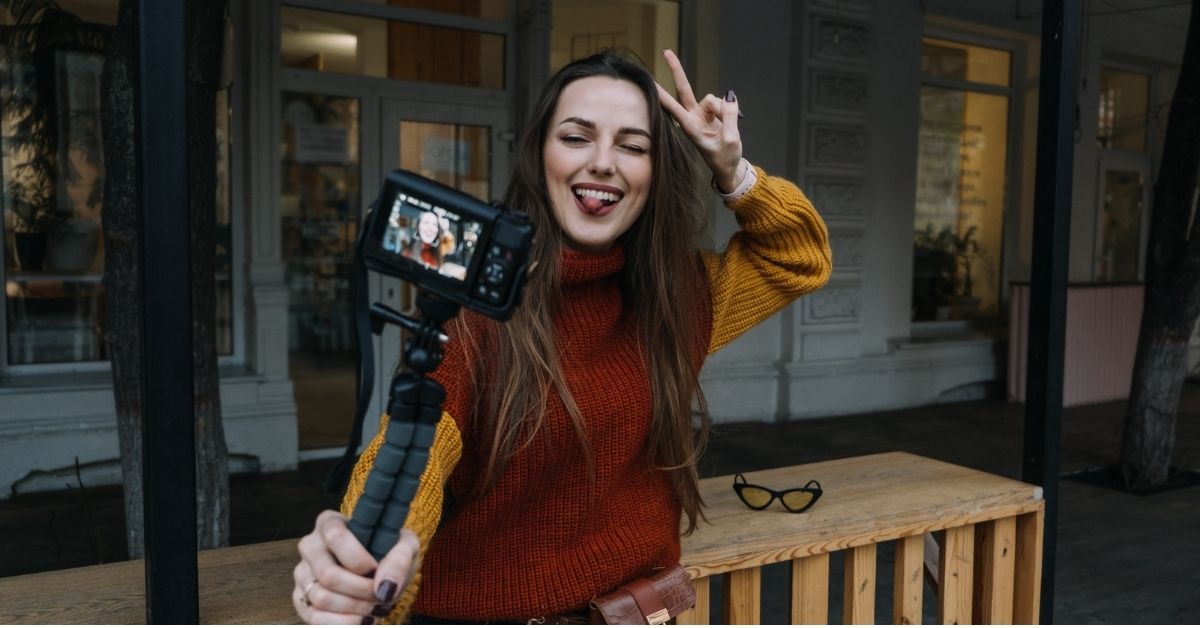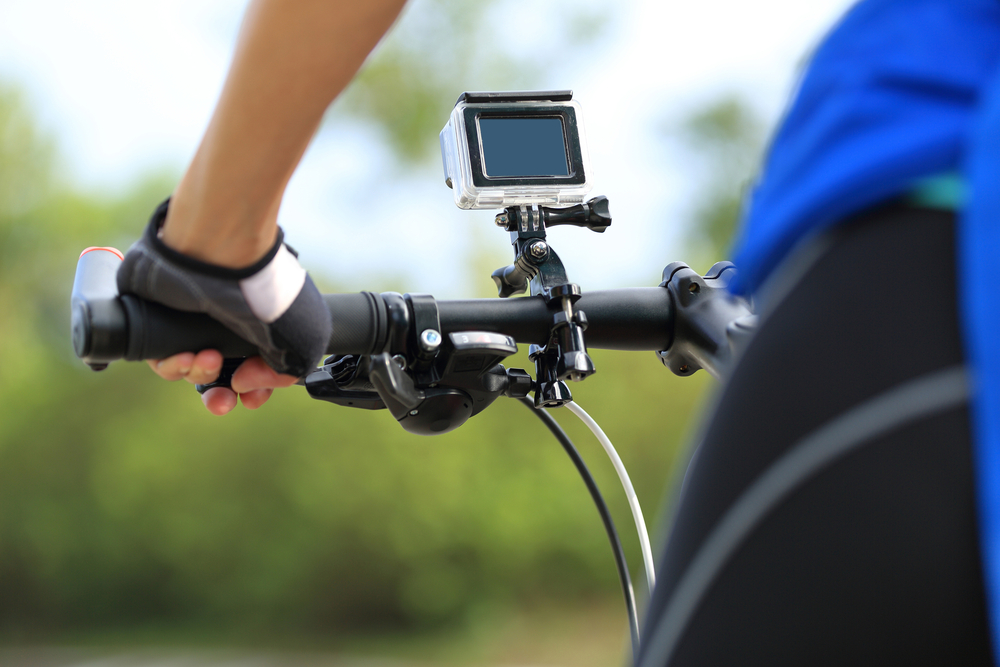The recent technology has seen a huge variety of cameras in the market making it an overwhelming task to pick the right one. The basic qualities and considerations still hold: like are you willing to carry a little weight for much better quality, do you wish to pick a camera which won’t fail at the first sight of rain, are you a fair or harsh weather explorer or want a full creative control camera with in-built GPS which automatically geotag your photos?
A lot of people seem to concentrate on how long the camera can zoom or how many pixels it boosts. They do count but the first priority should be how comfortable does the camera feel in your hands. When you enjoy using your camera, minor technical variations will not prevent you from becoming a professional photographer. This article is dedicated to give you tips for picking a camera for outdoor photography.
Compactness of the Camera
Any outdoor photographer enthusiast will tell you this is a basic end of the scale consideration when it comes to buying a camera. Ultra compact cameras such as Canon C200 are exceptionally lightweight and convenient, making them available for use any time you need to swing into action. They are good when it comes to ragged terrain as a little balkier cameras are the worst choice for mountainous conditions. Canon C200 Camera guarantees you quality pictures and good size while keeping the cost low.
System of the Camera
Investing in mirror-less cameras is a great idea as it enables you to attach a variety of lenses to the camera, helping you to achieve a combination that have the versatility to put together a series of arrangements that perfectly suits your needs. The image obtained is usually excellent. The camera lenses are quite smaller than their mirror counterparts. Such cameras are great for rough weather and rugged terrains.
Portability and Accessibility
When in the fields, keeping your camera close is key. If you’ll have to stop and unease your rucksack every time you want to take a photo, you will miss on great opportunities which may take like forever to happen again. Small cameras fit well inside a pocket and you can fish them out when deemed necessary. On the other hand, large ones usually feel uncomfortable unless you have a means to carry them around.
There are a plethora of good digital cameras you can attach to your hip belt. A good example is Canon C200 which enables you to swing into a shooting position in seconds. They are adaptable to fair, steep or uneven terrain.
Stabilization.
Once you have taken a series of pictures, other equipment start making themselves invaluable. If you are serious about landscape photography, you should consider acquiring a tripod as it makes your pictures sharp. Today’s technology has brought with it inbuilt image stabilizers, but they should not settle as a substitute for locking the camera into position for quality exposure. When choosing a tripod, ensure it is light enough to be used even on mountainous terrain.
Additionally, remember to carry an extra battery, memory card and soft lens cloth. This will help keep your mission going even when a memory card fails or the battery runs low. If you’re looking for the best battery at cheapest price, lr44 battery is your best choice.
BOTTOM LINE.
Choosing the right camera is not an easy feat. Prior to any purchase, make keen observations and determine what you want to use the camera for. It also narrows down to the terrain you want to explore: if it is a fair ground you can go for a little bulky camera but if it is on the mountains be sure to select a light one. Finally, take good care of your gadget like for example, it is easier to replace UV filters placed on the lens in case you bash your camera against something than the lens.
References:
VFX Pro
Outdoor Photography Guide
Image Credits: Camera from REDPIXEL.PL /Shutterstock




